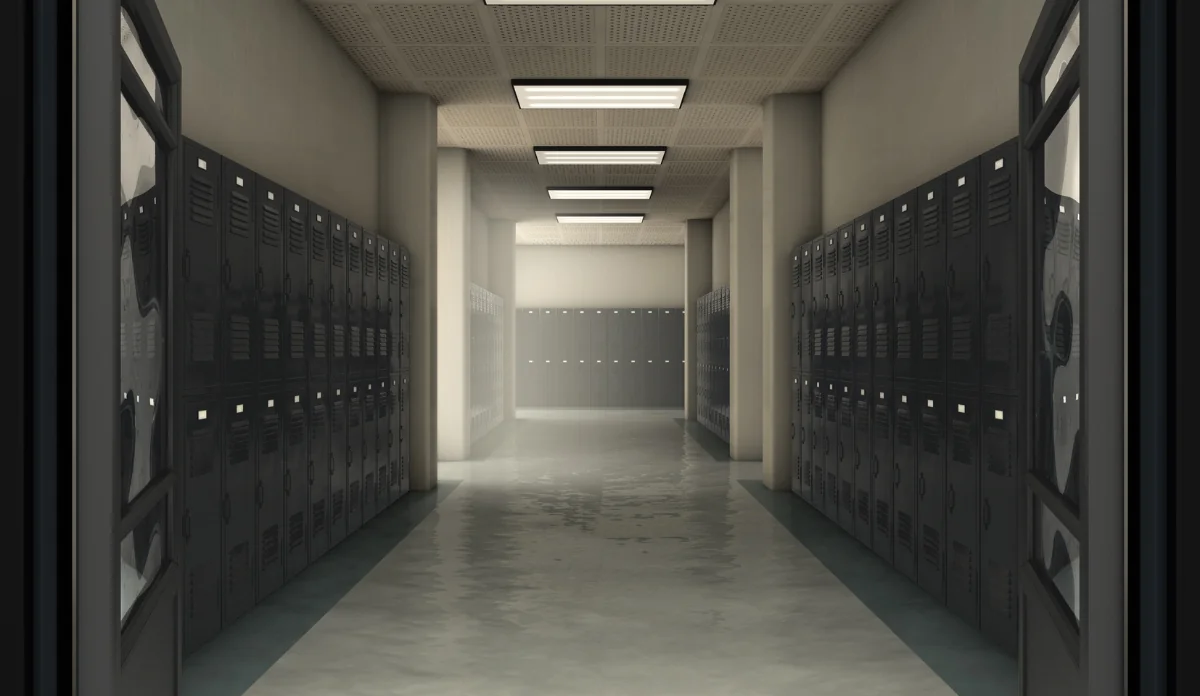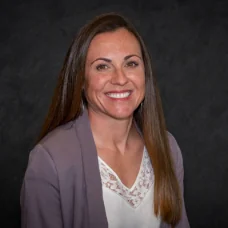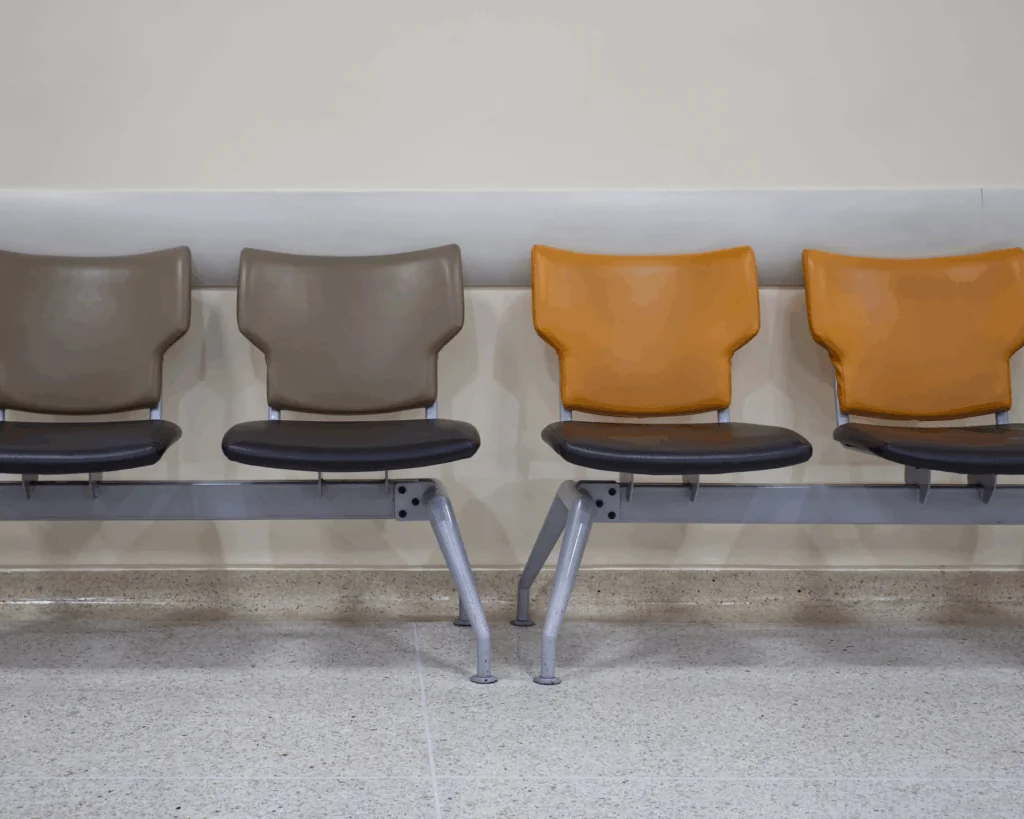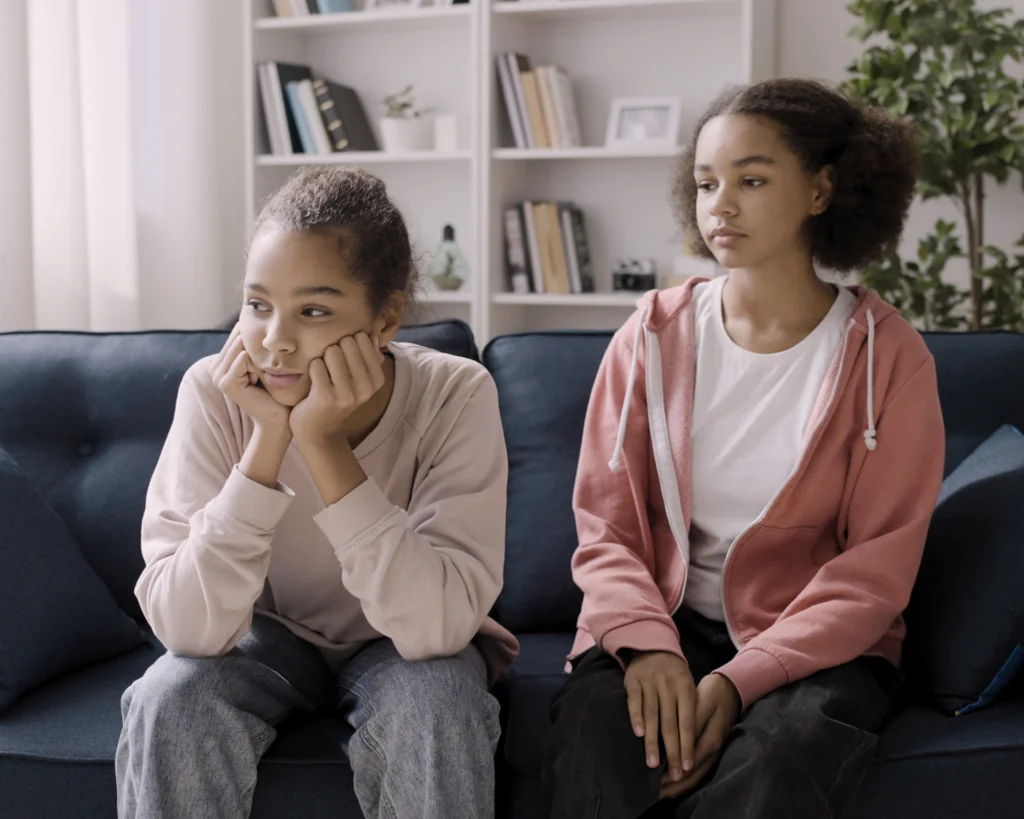Disparities in Mental Health Services in Schools
The availability of school-based mental health services varies geographically, with rural and suburban areas being less likely to offer diagnostic assessments and treatment services than urban areas.

Read Time: 3 minutes
Published:
In Spring 2023, the U.S. Surgeon General, Vivek Murthy, called the increase in youth mental health needs “the defining public health crisis of our time.” The urgent need for services has been made apparent by recent increases in mental-health-related emergency visits and self-reported depression and suicidal behavior. In rural communities, a lack of providers and geographic isolation create substantial barriers to youth mental health services.
Schools can help fill the mental health services gap and increase youth access to much-needed services. To improve access to mental health services in rural communities, we must explore creative and innovative approaches. Public schools serve an integral role in providing mental health services, including counseling, diagnosis, and treatment. School counselors can also provide basic academic assistance services, including skills development, educational assessments, academic accommodations, or study groups. Some schools have mental health therapists on staff who may provide individual or group counseling sessions during the school day.
Using data from the most recent School Survey on Crime and Safety (SSOCS) collected in the 2017/2018 academic year, my colleagues and I examined the availability of school-based mental health services across different grade levels and geographic areas. The SSOCS is a nationally representative survey administered to public school principals every other year. The survey, asks principals whether their school provided diagnostic mental health assessment or treatment by a licensed mental health professional. Principals were also asked whether any of the following factors limit their school’s efforts to provide mental health services:
- Inadequate access to licensed mental health professionals
- Inadequate funding
- Potential legal issues for school or district (e.g., malpractice, insufficient supervision, confidentiality)
- Concerns about reactions from parents
- Lack of community support for providing mental health services to students
- Written or unwritten policies requiring payment for the mental health assessment or treatment
- Reluctance to label students with mental health disorders to avoid stigmatizing the child
In total, 2,762 schools completed the survey in 2017/2018, representing 82,300 public schools. Schools located in rural or suburban areas were less likely to provide diagnostic mental health assessments than urban schools. In terms of treatment, suburban schools were less likely than city schools to provide mental health treatment services compared to cities and rural schools (which reported no significant differences).
Overall, principals from urban, suburban, and rural schools reported similar barriers to offering mental health services to students. Eighteen percent cited legal barriers, 20.6% payment policies, and 10.5% reluctance to label students. Principals in rural principals were 10-15% more likely than those in cities to report inadequate access to professionals and inadequate funding as limiting factors. In contrast, suburban and rural schools were 19-30% less likely than city schools to report low community support.
Using novel, creative approaches can increase access to school-based mental health services, particularly in rural and suburban areas. One option is to expand loan repayment assistance to mental health providers, including therapists and counselors, who live in rural areas. Remote technology solutions can bridge the physical gap between providers and students by offering virtual telemental health services during that school day.
Additionally, alternative models of care also hold promise for improving rural access to mental health services. For example, peer support programs, wherein people with lived experience are trained as certified peer counselors, are being used in some communities. Community partnerships and school wellness committees may also be able to provide support to youth in need and help bridge the gap in rural mental health care access for youth.
Photo via Getty Images



